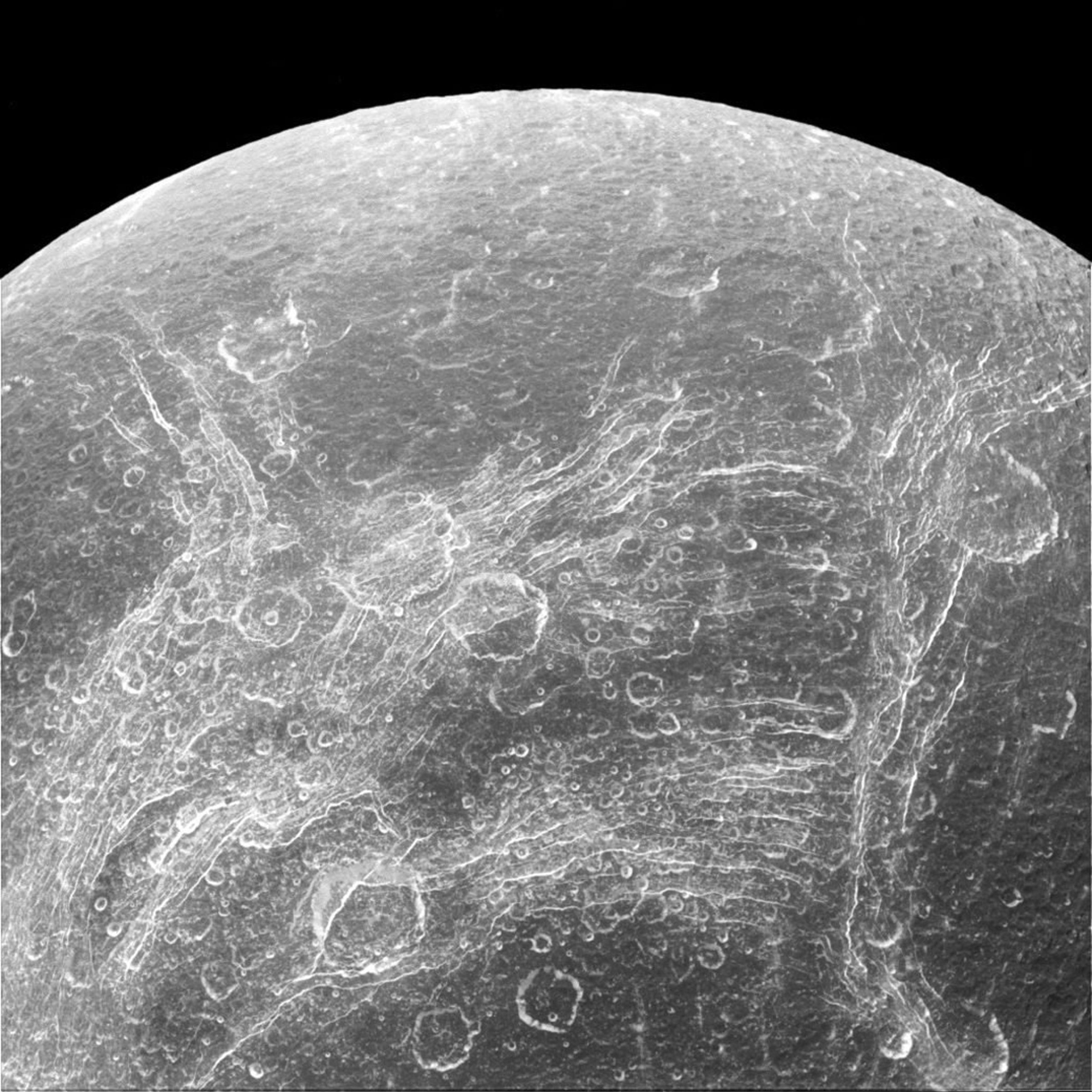
NASA released this never-before-seen image of Saturn’s moon Dione as the Cassini spacecraft said goodbye to it on August 17. Photos of the final encounter are expected to reach Earth in the next few days.
Cassini was the first spacecraft to enter Saturn’s orbit, and for the last 11 years, it’s been studying the planet and its many satellites including Dione, Titan and Rhea. Cassini will now make a series of close moon flybys until late 2015, at which time it will begin a year-long setup of the mission’s daring finale, NASA said, when it will repeatedly dive through the space between Saturn and its rings.
In the meantime, NASA’s scientists will await the final high-resolution images from Dione to come in, especially those the spacecraft will take of the moon’s north pole. They hope to find out if Dione has geological activity. “Dione has been an enigma, giving hints of active geologic processes, including a transient atmosphere and evidence of ice volcanoes,” says Bonnie Buratti, a Cassini science team member at NASA’s Jet Propulsion Laboratory in Pasadena, California. “But we’ve never found the smoking gun. The fifth flyby of Dione [was] our last chance.”
Discover the Beauty of Saturn's Polar Vortex
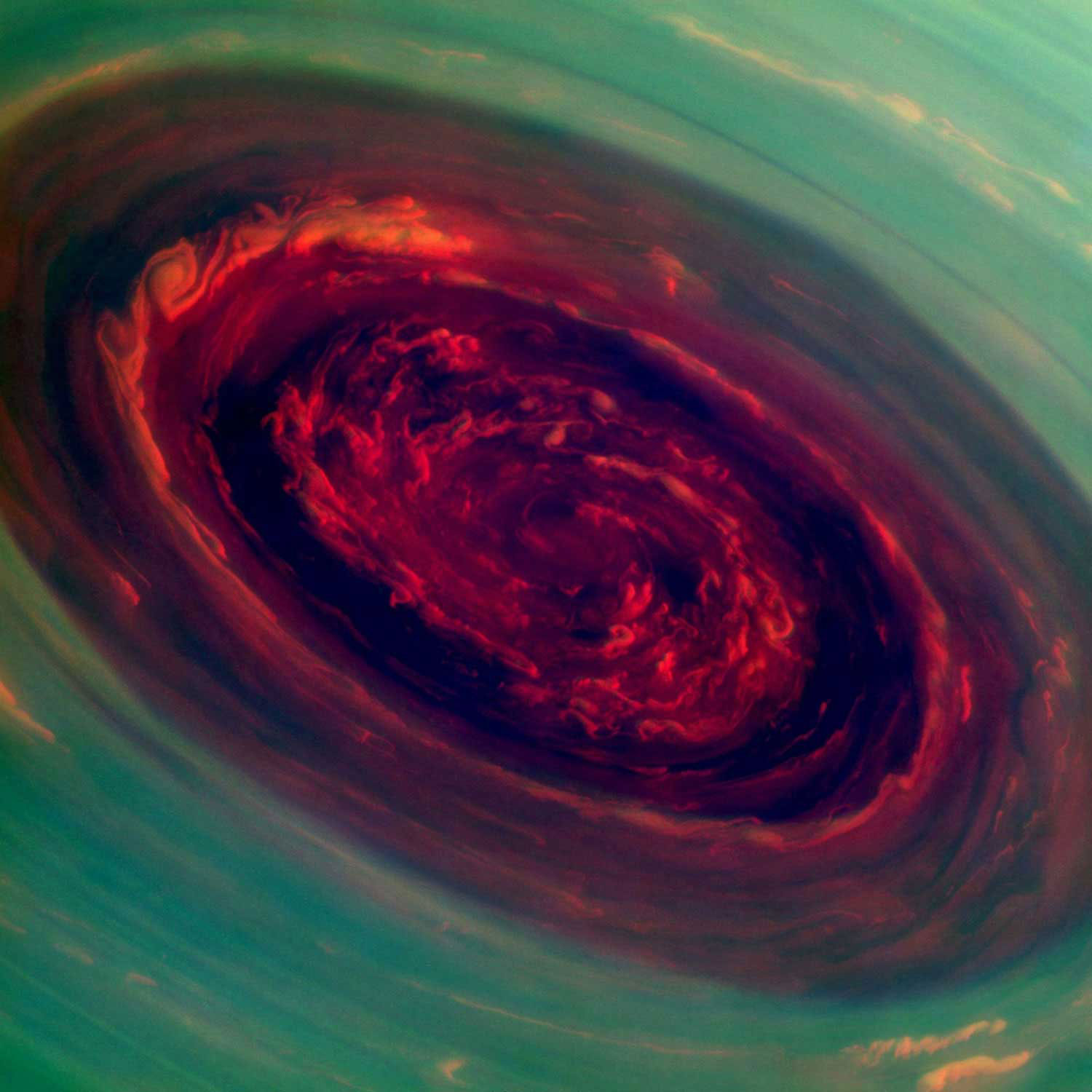
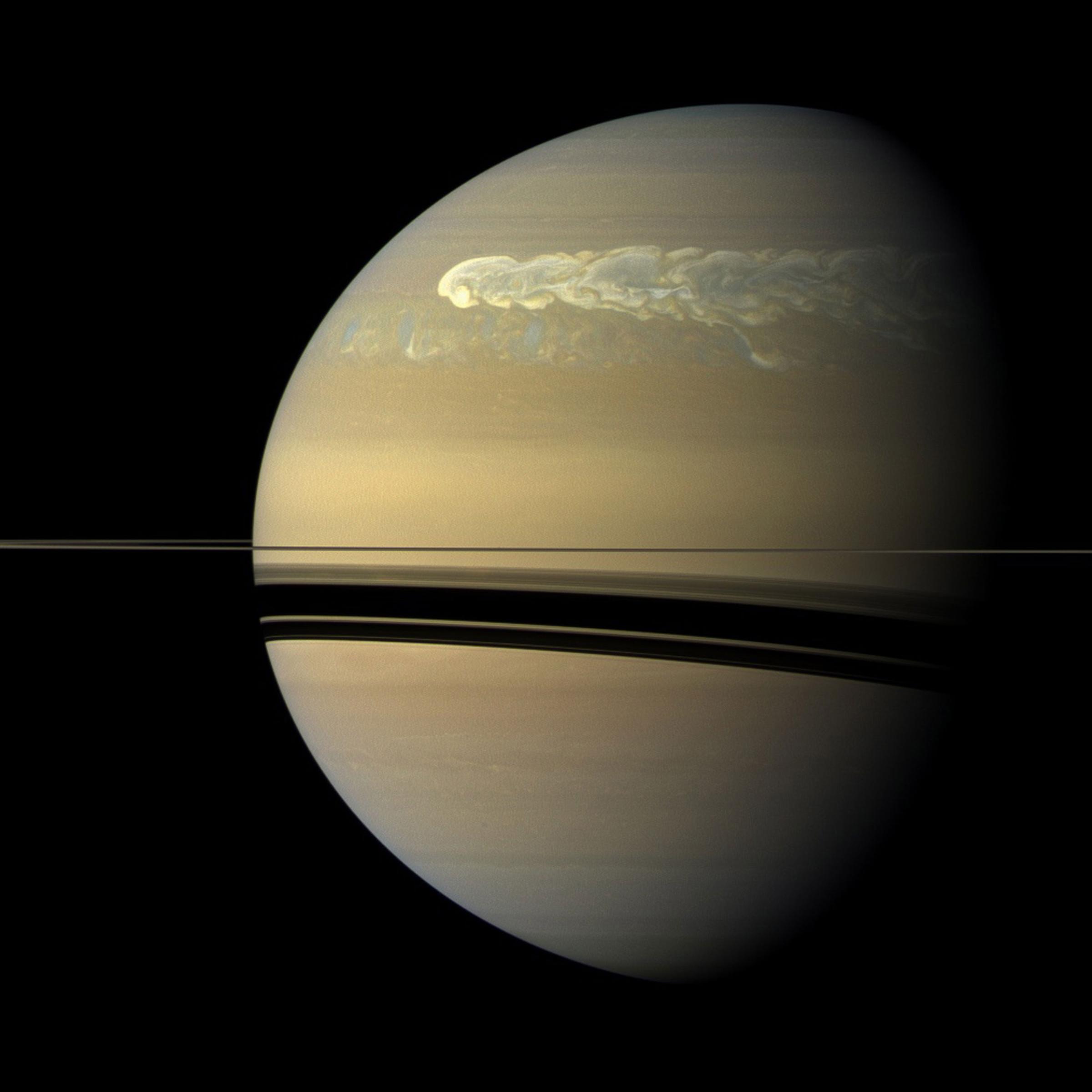
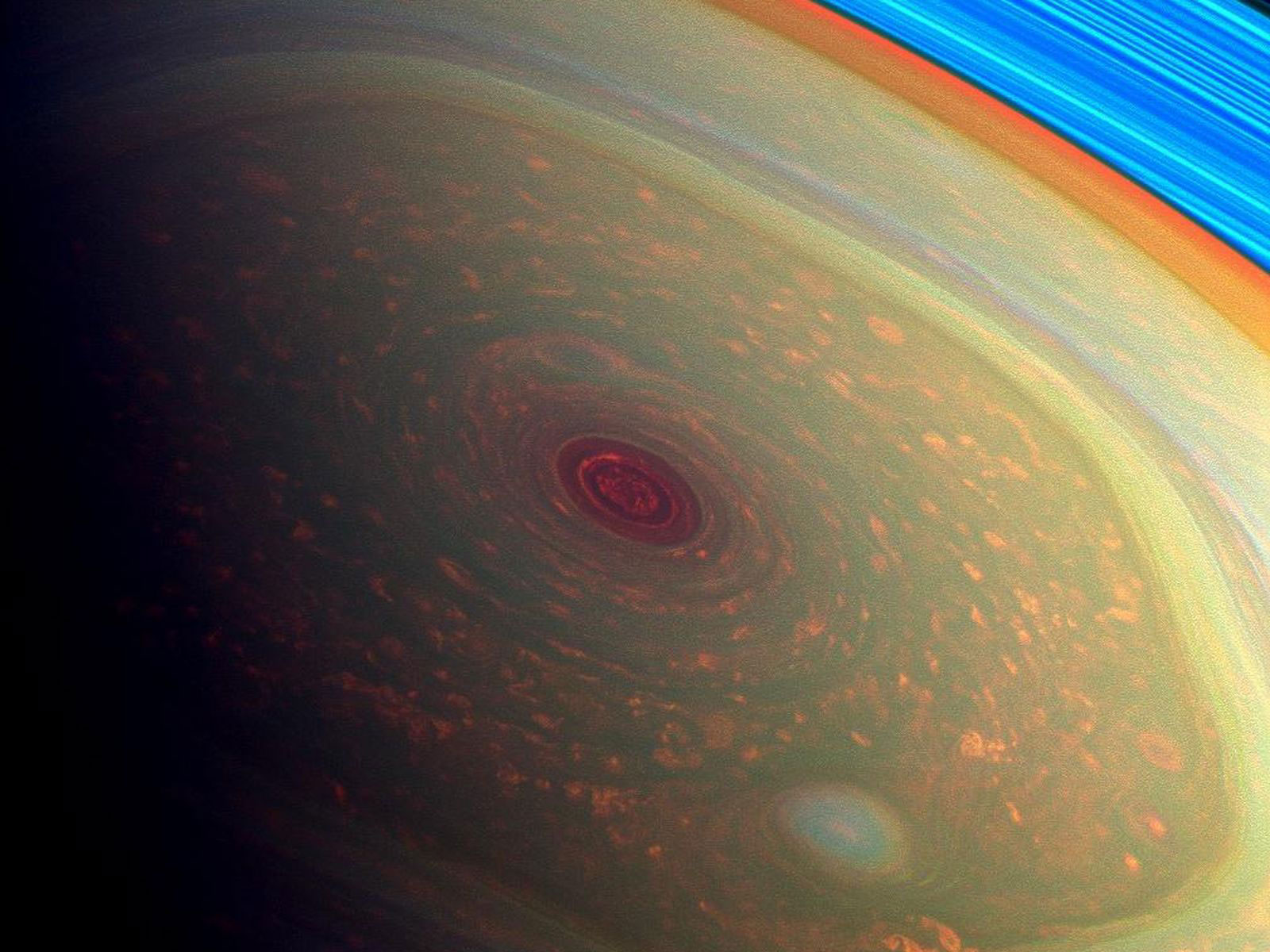
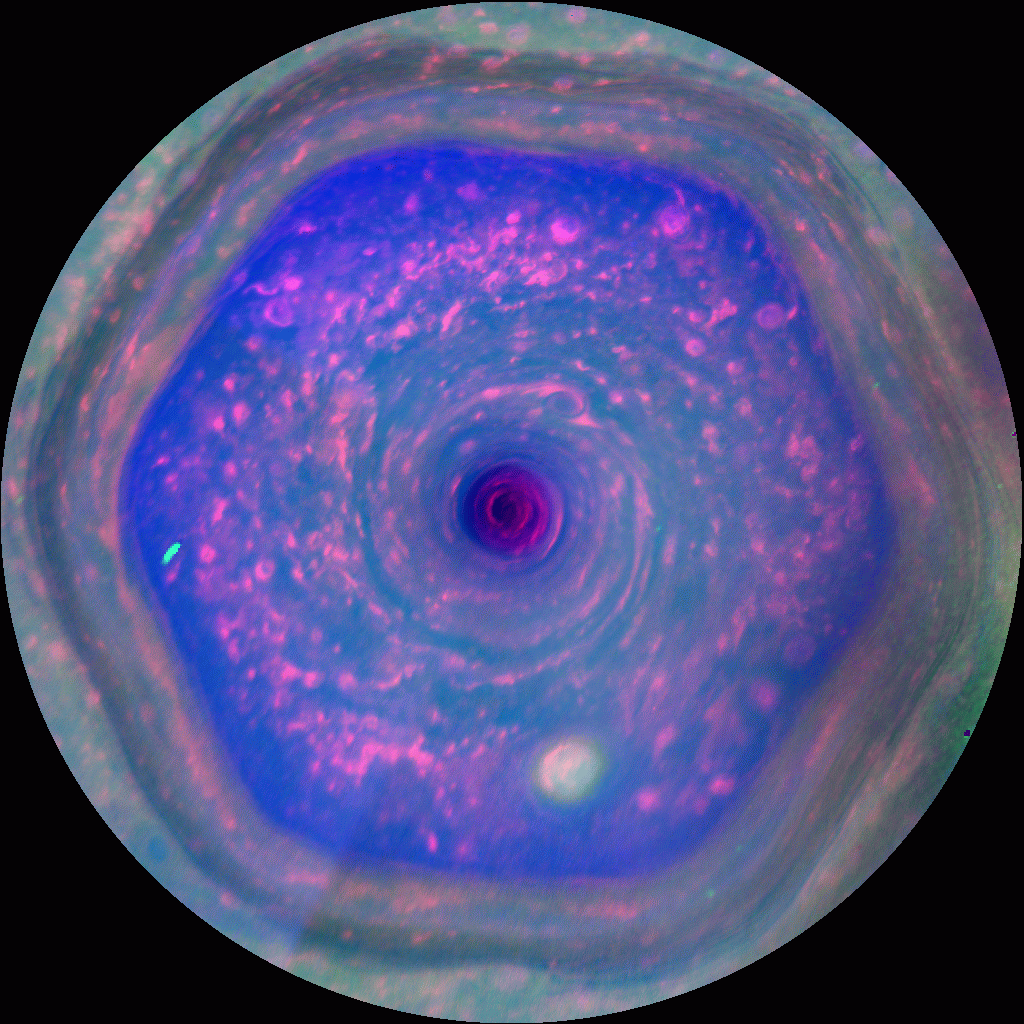

More Must-Reads From TIME
- The 100 Most Influential People of 2024
- The Revolution of Yulia Navalnaya
- 6 Compliments That Land Every Time
- What's the Deal With the Bitcoin Halving?
- If You're Dating Right Now , You're Brave: Column
- The AI That Could Heal a Divided Internet
- Fallout Is a Brilliant Model for the Future of Video Game Adaptations
- Want Weekly Recs on What to Watch, Read, and More? Sign Up for Worth Your Time
Contact us at letters@time.com